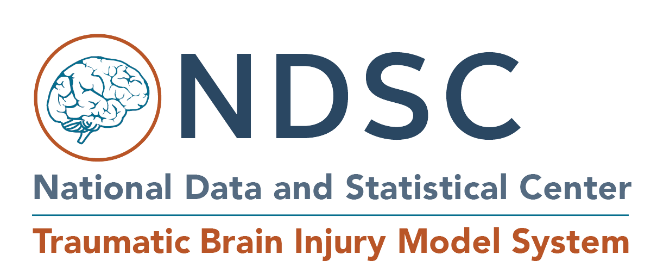Traumatic Brain Injury Model Systems (TBIMS) Data Dictionary
Overview of the TBIMS Data Dictionary Structure

The Traumatic Brain Injury Model System (TBIMS) Data Dictionary serves as the definitive reference manual for the variables collected in the National Database. As a Research Director, you’ll find it essential for verifying data definitions, understanding collection methods, and ensuring consistency across the 16 participating TBIMS Centers.
The content is organized using a hierarchical structure:
Domains (Chapters): These are the high-level subject areas (e.g., ANXIETY, DEMOGRAPHICS, FIM ).
Subdomains: These refine the focus within a Domain, often isolating a specific clinical instrument or measurement set (e.g., within DEMOGRAPHICS, there are subdomains for the ADDRESS, BIRTHDATE, CULTUTAL, HOUSEHOLD, MARITAL, PHYSICAL MEASUREMENTS, RACE, RESIDENCE, and SEX).
Format of Domains and Subdomains
Each section, whether a Domain or Subdomain, consistently employs a set of descriptive headers that provide comprehensive context for the included variables.
Definition
This provides the core meaning of the variable or concept being measured and its overall purpose.
Example: For CRANIOTOMY, it specifies the difference between a Craniotomy (“cranium opened, something removed, cranium closed”) and a Craniectomy (“cranium opened and left open”).
Form
This indicates which primary data collection instrument collects the variable.
[X] Form 1: The Admission/In-take Form, typically capturing demographics, pre-injury status, and acute care/rehab admission data (collected once).
[X] Form 2: The Follow-up Form, collecting longitudinal data at scheduled post-injury milestones (1, 2, 5, 10, 15 years, etc.).
Source
This identifies the source document or individual providing the data, which is crucial for determining reliability and administrative procedure.
Examples: Abstraction (acute record) , Interview, Mail-Out (participant only) , or To be completed by clinician or other individual who is trained and certified to code the DRS.
Details
This section contains detailed operational rules and implementation instructions necessary for maintaining data standardization across all centers.
Scoring Logic: Provides rules like focusing on the poorest performance during a 72-hour assessment period for FIM items.
Inclusion/Exclusion Rules: Offers specific guidance, such as instructing that the GAD scale “should not be administered to a significant other, or any other proxy”.
Clinical Clarification: Details like whether an EVD (External Ventricular Drain) should count as a craniotomy (“should not be counted”) illustrate clinical coding precision.
Variables
This functions as the definitive reference table for the database’s physical structure, linking descriptive terms to unique identifiers.
Variable Name: The mnemonic code used in the database (e.g., GADAfraidF). ID: A unique numeric identifier (e.g., 690). History: Tracks precise dates when the variable was added, removed, or changed.
Codes and Values
This is the data dictionary key, linking the numeric codes stored in the dataset to their full qualitative descriptions.
Example for GAD item categories (ID 690):
0: Not at All. 1: Several Days. 81: Not Applicable.
History
This log tracks formal revisions to the variable’s definitions or operational procedures, making it critical for analyzing older data sets accurately.
Example: It documents changes to GCS scoring guidelines or the addition of COVID-19 pandemic warnings which could affect responses.